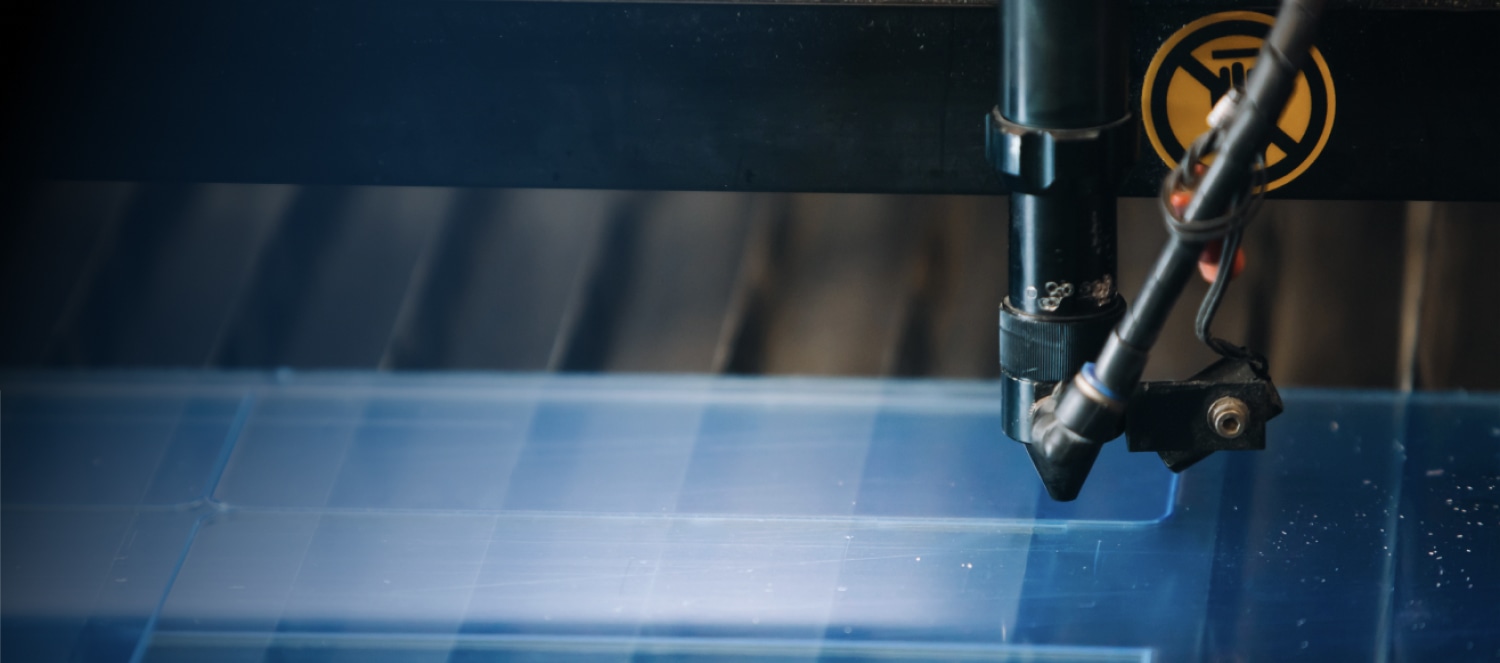
Customization
Customization options
Customizing CLAREX: Tailored Solutions for Your Unique Needs
CLAREX cell-cast acrylic sheets offer unparalleled flexibility through a wide range of customization options, allowing you to create materials perfectly suited to your specific applications. From selecting the ideal base formulation to adding specialized layers for enhanced performance or aesthetics, every detail can be tailored to your requirements. Whether you need anti-reflective coatings, UV resistance, or diffusive features, our customization options ensure you get the perfect solution for your project.

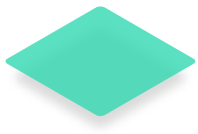
Step 1: Choose the Base Substrate
A lot of options here. Some could be combined.
- Formulation Options
- Standard PMMA formulation is the default
- UV-Blocking for applications requiring reduced UV transmission
- UV-Transmitting (UVT) for applications requiring increased UV transmission
- HiTemp for applications requiring higher heat resistance
- Low moisture absorption
- Color Options
- Transmissive colors
- Neutral density (smoke)
- Translucent colors
- Opaque colors
- If we don’t already have the color you need, we can color-match
- Additives
- Light scattering particles for diffusion
- Light scattering particles for light guides
- Custom particles for creating rear projection screens
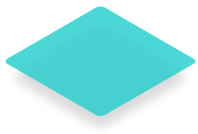
Step 2: Choose the Surface Texture Layer
CLAREX offers a range of nonglare textures. It is possible to have different textures on each side of the sheet.
- Glossy/Smooth surface is the default
- This is totally see-through. Optics quality with very low surface roughness.
- High-Gloss textures
- Will impart a small amount of haze, can be hard to notice
- These are typically used for eliminating Newton Rings
- Medium-Gloss textures
- Will look hazy when viewing through the material, but is not noticeable when there is only a small gap between the filter and the display.
- These are typically used as front panels/windows on flat panel displays for glare reduction (aka AG or anti-glare).
- Low-Gloss textures
- Very hazy, even when held up against a display
- These are used for diffusion/diffusers
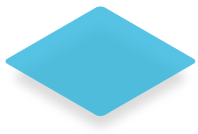
Step 3: Choose Mechanical Surface Coatings
The CLAREX mechanical surface coatings are applied in-mold, a unique CLAREX capability, resulting in coatings that maintain the optical quality of the base substrate. Different coatings could be applied to each side.
- No Surface Coating
- Maybe you don’t need/want it
- Good option if you need to print/bond to a surface
- Standard Hard-Coat
- Increases Scratch and Chemical resistance
- UV-stable, can be used outdoors
- Can be applied to textured surfaces without filling in the texture!
- Super Hard-Coat
- A slight boost in scratch resistance compared to the standard hard-coat
- Anti-Bacterial Hard-Coat
- Includes some ingredients which will kill bacteria on the surface
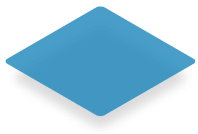
Step 4: Choose Optical Coatings
Optical coatings could be added as a secondary process. Typically applied via vacuum deposition, but the factory has other processes available, depending on the application. Some coatings could be stacked. Different coatings could be applied to each side.
- Standard Anti-Reflective (AR) Coatings
- Tuned for the visible range
- Requires standard hard-coat as a base.
- Custom-Tuned Anti-Reflective Coatings
- Could be tuned for near infrared (NIR) applications
- Could be tuned for ultra-violet (UV) applications
- Anti-Smudge (oleophobic) coatings
- For easy-clean surface
- The vacuum deposition coatings are susceptible to fingerprints and smudges, so the anti-smudge coating is commonly applied in conjunction
- NIR-Block Coatings (Low-Pass)
- Most common configuration is for NVIS applications
- Could be used for heat reduction, and hot mirrors
- Mirror Coatings
- 1st & 2nd surface mirror coatings
- Controlled transmission/reflection levels
- Colored mirrors
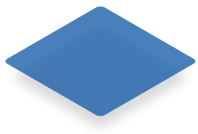
Step 5: Choose the Format
Do you need thin or thick sheets? Are you looking to purchase the full sheets, or would you rather receive finished parts ready for installation?
- Thickness
- Ranges from 0.2 up to 5.0mm thick.
- Dependent on material configuration.
- Sheet Size
- Ranges from 290x360mm up to 1000x1000mm.
- Dependent on material configuration.
- Finished Parts
- CNC laser cutting for 2-dimensional parts
- CNC machining for 2.5-dimensional parts, such as step cuts, pockets, bevels, etc
- Adhesive application
- Printed parts